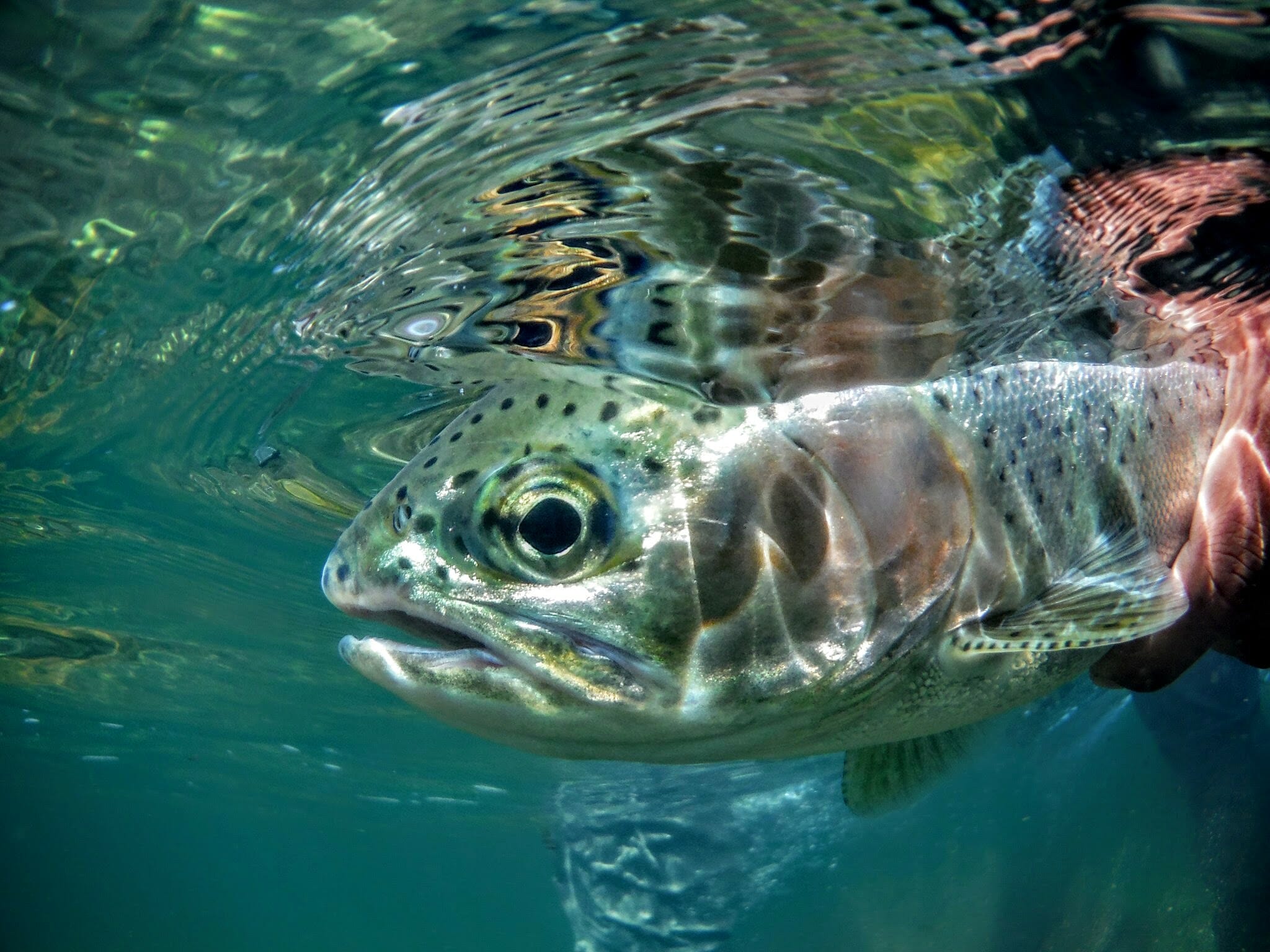Summer is not quite here yet, but it’s already sizzling in many places throughout America. So it’s extra important to be mindful of water temperatures. Put a thermometer in your fishing pack, and know when to give trout a break. Once water temps push above 65 degrees (which they are, right now in rivers like the Upper Colorado) anglers should cool their jets, or they’re going to kill many more fish, even with good catch-and-release practices.
There are tell-tales that will show you when almost any fish, from the cold river to the ocean, is significantly stressed to the point that it may not survive. These fish need extra TLC to be revived. But it’s important not to get in the habit of trying to revive every fish that doesn’t need it—in those cases, you’re overhandling a fish that would be fine if you just let it swim away. If you go to www.keepfishwet.org you’ll find a wealth of science-based information on best catch-and-release practices, and executive director Sascha Clark Danylchuk breaks down the issue of reviving caught fish very clearly in this report.
So, how do you know when a trout you catch needs extra help, like pointing it upstream in the current to get water (and oxygen) flowing through its gills? Dr. Andy Danylchuk gave a great presentation on this at the recent Cheeky Schoolie Tournament in Cape Cod. He showed a number of things, but three signs really stuck out to me, and I think that trout anglers should keep these three things in mind— it will make a huge difference for the better:
- If a fish can swim away on its own, let it. If you’re gently gripping it by the tail, and it wiggles as if to swim away, that’s good. If it just sits there, it might need help.
- If you tilt a fish back and forth, it’s eye should roll, almost tracking you. If its eyes demonstrate a blank, fixed stare without movement, that’s a problem.
- If the trout cannot right itself if you roll it on its side, within three seconds, that’s another problem.
If those things happen, you might go into revival mode, keeping the fish in the water in your rubberized net, facing into the gentle current, still handling with wet hands as little and as softly as possible. And when they do want to swim away, let them do it.
Trust me… it’s only going to get tougher on the trout this summer, no matter where you are. And if we all work together, try not to make it a numbers game, and tune into the science on best practices, we’ll all be better off in the long run.



